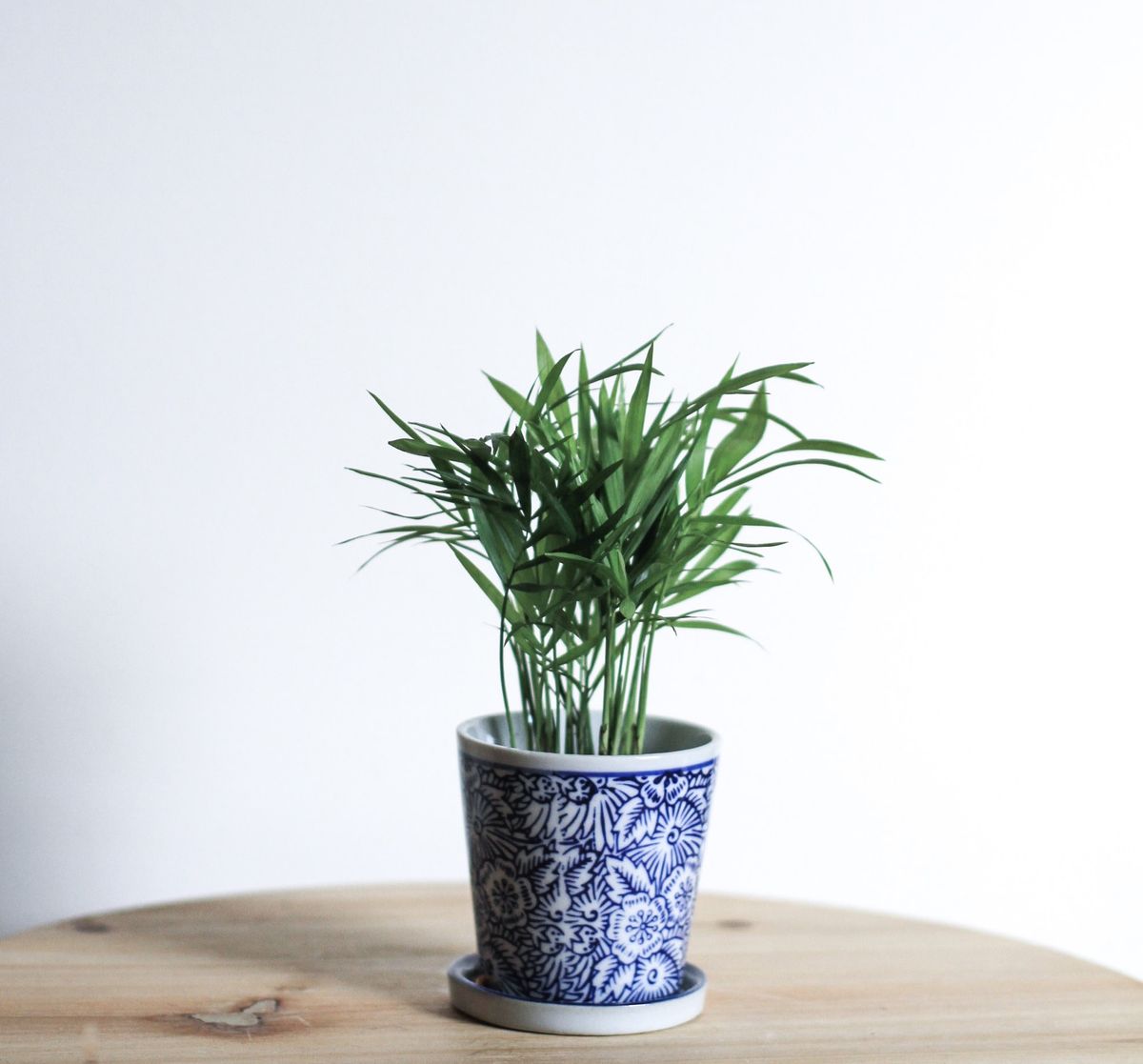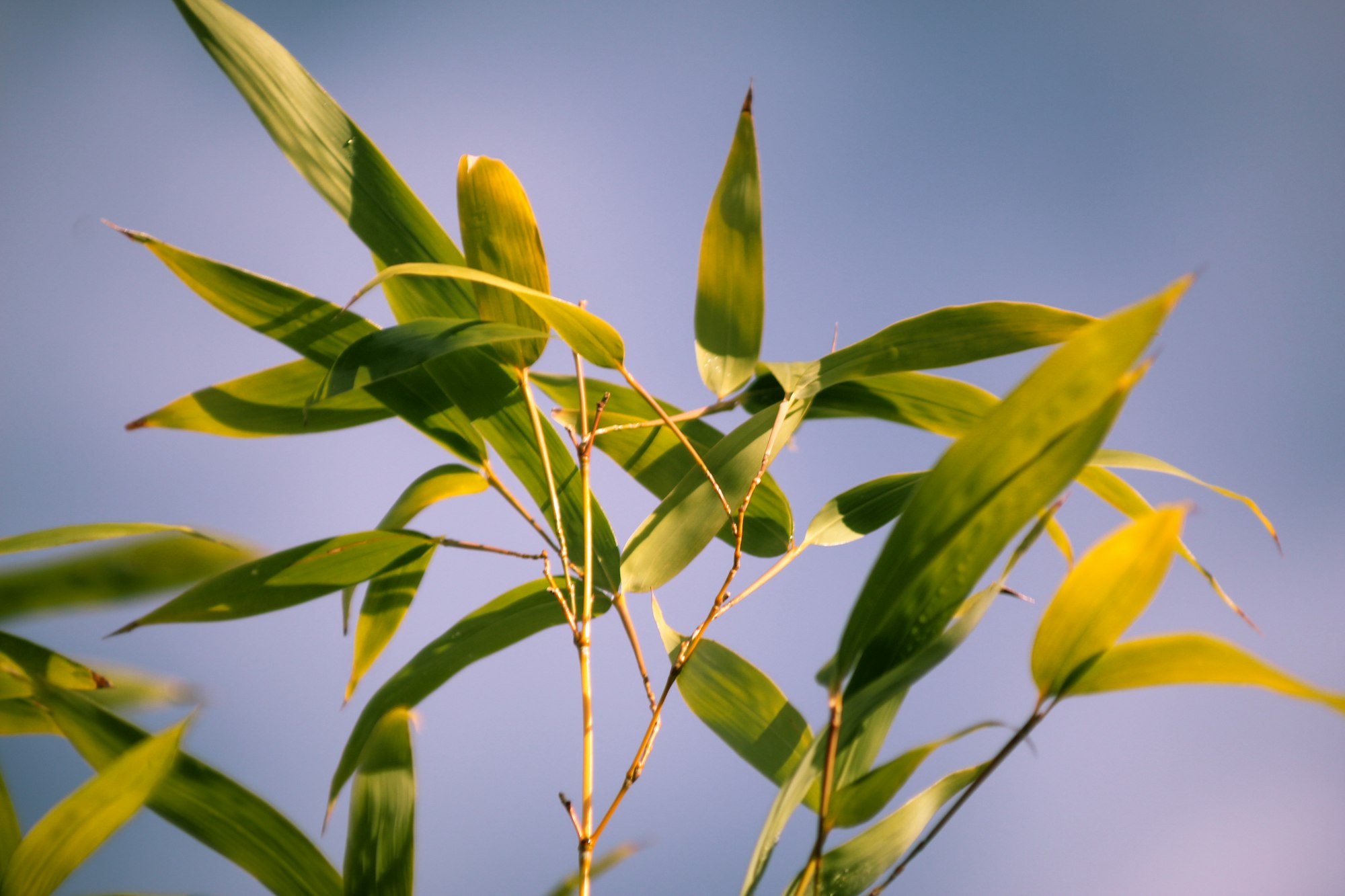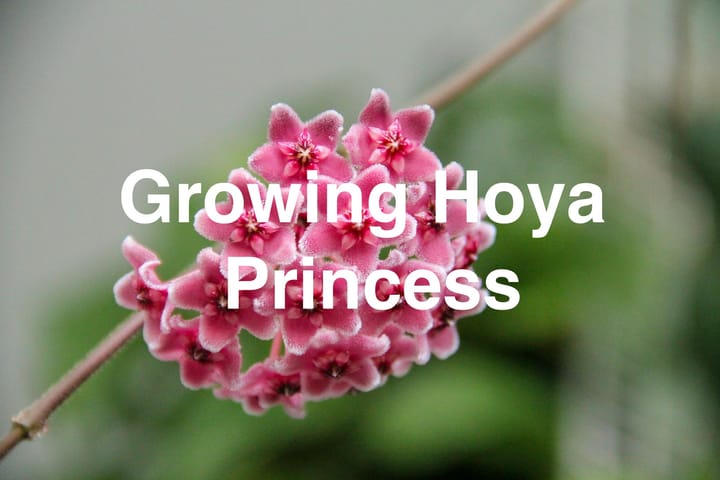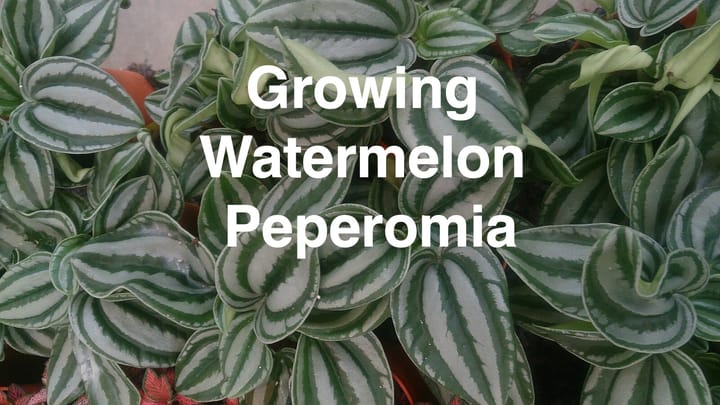How to Grow Bamboo
Growing bamboo can be a rewarding experience as it is a versatile and attractive plant. By understanding its different types, such as clumping and running bamboo, you can choose the best variety for your garden.

Table of Contents
Knowing the specific growing conditions, planting techniques, and maintenance for bamboo plants is essential.
Proper care, including watering, will ensure your bamboo thrives and becomes a stunning addition to your landscape.
About Bamboo Plants
Bamboo is a unique and versatile plant, belonging to the grass family and consisting of over 1,000 species.
Native to Asia, these evergreen perennials can grow up to 100 feet in height and vary in diameter from just a few millimeters to several inches.
There are two major types of bamboo: clumping bamboo and running bamboo.
Clumping bamboos, such as Bambusa and Fargesia, tend to be less invasive, with rhizomes that grow more compact and controlled.
Running bamboo, like Phyllostachys and Himalayacalamus, have rhizomes that spread aggressively, making them potentially invasive if not managed properly.
Each type of bamboo has specific growing requirements, including optimal hardiness zones, soil conditions, and planting strategies.
Planting Bamboo
When you're ready to plant your bamboo, spring is the ideal time for planting new bamboo in the ground or containers.
First, choose between clumping or running bamboo varieties to suit your desired effect and containment preferences best.
Purchase healthy bamboo from a reputable nursery, and if possible, select plants with new shoots to ensure a faster establishment.
Prepare the planting site by digging a hole about twice the size of the rootball (or three times for clay soil).
For running bamboo, consider installing a trench or barrier around the planting area to control the spread of runners.
Place the bamboo plant into the hole, backfill with soil or potting mix for containers, and gently firm the soil around the stem.
Water the newly planted bamboo thoroughly and continue to care for it by providing adequate water, sunlight, and nutrients for optimal growth.

Caring for Bamboo Plant
Sun and Temperature
Bamboo plants prefer a mix of sun and shade. They can tolerate various temperatures but do best in a moderate climate.
Water and Humidity
Water your bamboo to maintain moist soil, avoiding waterlogged or soggy conditions. Consider the plant's humidity needs, which may vary by region.
Soil and Fertilizer
Bamboo thrives in well-drained soil with a slightly acidic pH. Fertilize with a balanced mix of nutrients, adding compost or an appropriate fertilizer in the spring.
Repotting
When bamboo outgrows its pot or container, repot it into a larger one with fresh, well-draining potting soil. This ensures the root system continues to develop healthily.
Pruning and Propagation
Regularly prune your bamboo to maintain its shape and promote healthy growth. Propagate by taking cuttings from the plant, ensuring the presence of nodes and leaves on each cutting for successful growth.
Troubleshooting Plant Problems
Growing Problems
Ensure your bamboo plants receive the right amount of water; over-watering can lead to root rot and unhealthy leaves.
Check the soil's moisture by feeling it with your finger or a pencil. If the soil is too wet, reduce watering.
Consider the plant's growing conditions; yellow leaves can result from low nutrients, soggy soil, dehydration, or weather stress.
Providing proper nutrients and care will help alleviate these issues.
Pests and Diseases
Look for common pests, such as aphids, bamboo mites, and bamboo mealybugs. Early detection is essential, and prompt treatment helps maintain plant health.
Fungal spots, like rust, can appear on older bamboo plants, especially in humid climates.
Disinfect pruning shears when caring for diseased plants to prevent the spread of infection.
To protect your bamboo plants from pests and diseases, ensure proper maintenance and growing conditions, such as good drainage and appropriate sunlight.
Conclusion
Growing bamboo can be a rewarding addition to your garden or landscape. You can cultivate this versatile plant by following proper planting and maintenance guidelines.
Frequently Asked Questions
What is the best environment for bamboo growth?
Bamboo thrives in well-drained soil with moderate moisture. Ensure the soil is fertile and maintain a slightly acidic to neutral pH (6.0 to 6.5).
How can I propagate bamboo from cuttings?
To propagate bamboo, take a healthy culm cutting 1-2 years old. Plant it regularly in moist, well-drained soil and water until new shoots emerge.
What are the tips for growing bamboo in pots?
Choose a pot with proper drainage and use a high-quality potting mix. Select a bamboo species suitable for containers and ensure it receives adequate sunlight and water.
How quickly does bamboo grow?
Bamboo growth rates vary among species. Some can grow up to 3 feet per day, while others have a slower growth rate. Keep in mind that environmental factors also affect growth speed.
What are the care tips for growing bamboo outdoors?
Mulch your bamboo to retain moisture and protect it from temperature fluctuations. Prune regularly to promote health and vigor, and apply a balanced fertilizer to boost growth.


